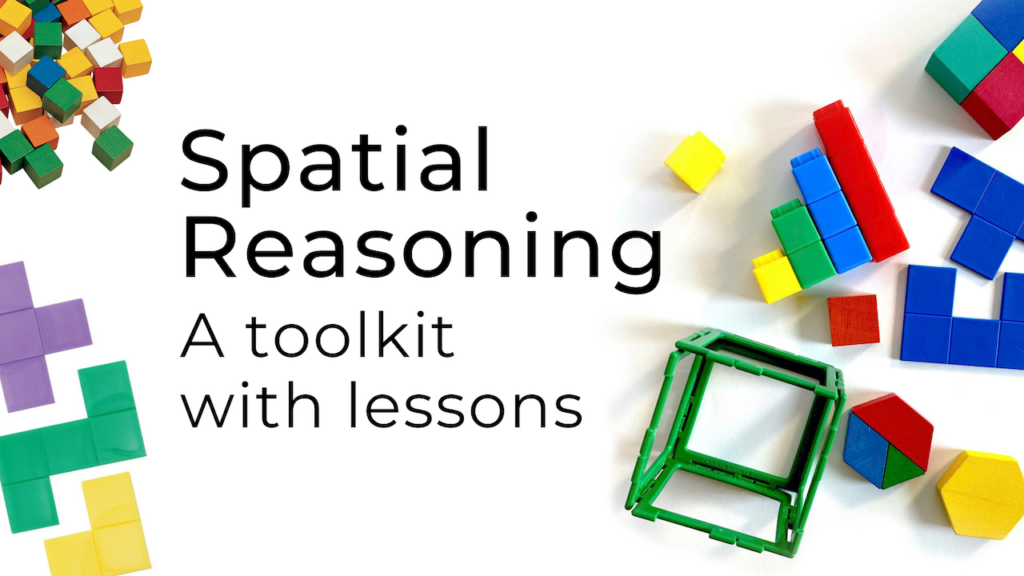Hexagon Card Game
Primary (Age 6 – 9)
Curriculum Goal
Kindergarten: Demonstrating Literacy and Mathematics Behaviour
- Describe, sort, classify, build, and compare two-dimensional shapes and three-dimensional figures, and describe the location and movement of objects through investigation (#17).
Primary: Geometry and Spatial Sense
- Compose and decompose two-dimensional shapes, and show that the area of a shape remains constant regardless of how its parts are rearranged.
Context
- Students should have some experience with pattern blocks.
- Students need to be grouped in pairs.
Materials
- Pattern blocks – triangle, regular rhombus, small rhombus, trapezoid, hexagon
- Outline of hexagons (Appendix A)
- Hexagon Card Game Deck (Appendix B)
Lesson
- Each student is provided with an outline of six hexagon shapes (Appendix A).
- A special deck of cards with geometric shapes is placed in a pile in front of each pair (Appendix B).
- Students take turns picking a card from the deck, then find corresponding pattern blocks to completely fill in the outline of a hexagon shape.
- Students continue playing until all six of their hexagon shapes are filled in.
- Encourage the students to name the shapes they are using out loud and predict what other shape(s) they may need to complete the outline of the hexagon throughout the process of playing.
- Once all students have finished playing the game, lead a discussion. Which shapes did you use most to complete the hexagon outline? Which shapes did you use the least? What are some tips and strategies to completing the hexagon?
Look Fors
- Can the child name all the shapes?
- Can the child recognize that the shape will fit inside the hexagon?
- How accurately can the child predict which shape is needed to fill in the hexagon?
Extensions
- Instead of having students pick a card from the deck and then finding the corresponding pattern blocks, instruct them to roll a dice and find the corresponding number of pattern blocks. They can choose any combination of pattern blocks they want (e.g. if a student rolls a five, they can choose one trapezoid and four triangles, two hexagons and three rhombi, etc.).
- To add further challenge, add the rule that students must completely fill in exactly all six of their hexagon shapes without any extras. If they cannot satisfy this rule in any turn (e.g. they are only missing a triangle in their last hexagon but rolled a six), they must wait until their next turn for another roll. This will encourage students to think strategically about which pattern blocks to choose.
- Create a larger hexagon and have children try to use the pattern blocks to fill in the larger hexagon.
Share this lesson
Share on facebook
Share on twitter
Share on email

